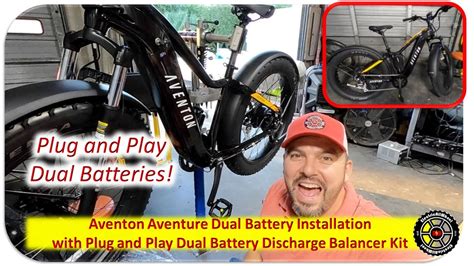Extend Your Quad Bike Adventures: Battery Charging Best Practices
Quad biking offers an exhilarating escape into the great outdoors, but a dead battery can quickly turn an adventure into a frustrating standstill. Understanding and implementing proper battery charging practices is crucial for maximizing your riding time and minimizing downtime. This comprehensive guide explores the best methods to keep your quad bike battery in peak condition, ensuring countless hours of thrilling off-road exploration.
How Often Should I Charge My Quad Bike Battery?
The frequency of charging depends on several factors, including the age of your battery, usage intensity, and the climate. Generally, it's best to charge your battery after each use, particularly if you've been riding for extended periods or in demanding conditions. Leaving your battery in a partially discharged state can lead to sulfation, a process that reduces its capacity and lifespan. Regularly checking the battery's voltage with a multimeter is a proactive way to monitor its health. A fully charged battery typically reads around 12.6-12.7 volts.
What’s the Best Way to Charge My Quad Bike Battery?
Using a dedicated quad bike battery charger is paramount. These chargers are designed to deliver the correct voltage and amperage, preventing overcharging or undercharging, which can damage the battery. Avoid using standard car chargers as they may not be compatible with the specific requirements of your quad bike's battery. Look for a charger with features like automatic voltage sensing, temperature compensation, and multiple charging stages (e.g., bulk, absorption, float). These features ensure a safe and efficient charging process.
Choosing the Right Charger: Key Features to Look For
- Automatic Voltage Sensing: This feature ensures the charger adjusts to the battery voltage, preventing damage.
- Temperature Compensation: Charging rates can be affected by temperature. Temperature compensation optimizes charging based on ambient temperature.
- Multiple Charging Stages: A multi-stage charger offers a more controlled and gentler charging process, extending battery life.
- Amperage Rating: Select a charger with an amperage appropriate for your battery's capacity. A higher amperage will charge faster, but it's crucial to use a charger with the right amperage to avoid damage.
How Long Does it Take to Charge a Quad Bike Battery?
Charging times vary based on the battery's capacity and the charger's amperage. Generally, a smaller capacity battery will charge faster than a larger one. A good quality charger with a higher amperage will also speed up the charging process. Always refer to the charger's instructions and your battery's specifications for accurate charging times. Never leave the charger unattended during the charging cycle.
Can I Overcharge My Quad Bike Battery?
Yes, overcharging can significantly damage your quad bike battery, potentially shortening its lifespan or even rendering it unusable. This is why using a quality charger with proper features is critical. Overcharging can lead to excessive heat generation, electrolyte loss, and plate degradation. Modern chargers typically have built-in safeguards to prevent overcharging, automatically switching to a float charge or trickle charge once the battery is fully charged.
What are the Signs of a Bad Quad Bike Battery?
Recognizing a failing battery early can prevent unexpected breakdowns. Signs of a bad battery include:
- Difficulty starting the engine: Slow cranking or failure to start indicates a low charge or failing battery.
- Dim headlights or other electrical issues: Weak electrical components can signal a battery problem.
- Corrosion on battery terminals: White, powdery buildup indicates corrosion, which can impede current flow.
- Bulging or leaking battery case: These signs indicate a potentially dangerous situation requiring immediate attention.
How Can I Maintain My Quad Bike Battery?
Regular maintenance extends the life of your battery. This includes:
- Keeping the terminals clean: Regularly clean the terminals with a wire brush and baking soda solution to remove corrosion.
- Checking the electrolyte level (for flooded batteries): Ensure the electrolyte level is within the specified range.
- Storing the battery properly: When not in use, store the battery in a cool, dry place.
By following these battery charging best practices and maintenance tips, you'll ensure your quad bike stays ready for adventure, minimizing downtime and maximizing your enjoyment of the trail. Remember, investing in a good quality charger and implementing proper maintenance will provide the best return in extended battery life and worry-free riding.

